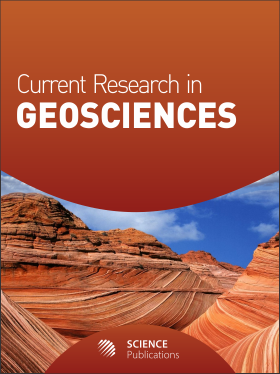SIMULTANEOUS OPTIMISATION OF DRYING PARAMETERS OF CERAMIC BODIES
- 1 Faculty of Sciences of Gabes, Tunisia
- 2 Materials Center, Tunisia
- 3 Faculty of Sciences of Tunis, Tunisia
Abstract
This study deals with the mineralogical, physico-chemical and geotechnical analyses of representative Aptian clays in the north-east of Tunisia. X-ray diffraction reveals a predominance of illite (50-60 wt.%) associated to kaolinite and interstratified illite/smectite. The accessory minerals detected in raw materials are quartz, calcite and Na-feldspar. The average amounts of silica, alumina and alkalis are 52, 20 and 3.5 wt.%, respectively. The contents of lime and iron vary between 4 and 8 wt.%. Physical analyses show that the cation exchange capacity is 34.1-45.7meq/100g of air-dried clay. The plasticity test shows medium values of plasticity index (16-a28 wt.%). The linear drying shrinkage is weak (less than 0.99 wt.%) which makes these clays adapt to fast drying. The firing shrinkage and the expansion are limited. A lower firing and drying temperature can be translated into significant energy savings. Currently, these clays are used in the industrial process for the manufacturing of the earthenware tiles. For the better exploitation of the materials and improvement of production conditions, a mathematical formalism is established for the drying parameters. The regression models relate drying shrinkage (d), bending strength after drying (b) and residual moisture (r) with the moisture (m) and the pressing pressure (p).
DOI: https://doi.org/10.3844/ajgsp.2014.1.7

- 5,570 Views
- 3,158 Downloads
- 3 Citations
Download
Keywords
- Drying Parameters
- Regression Models
- Physiochemical Properties
- Tunisia
